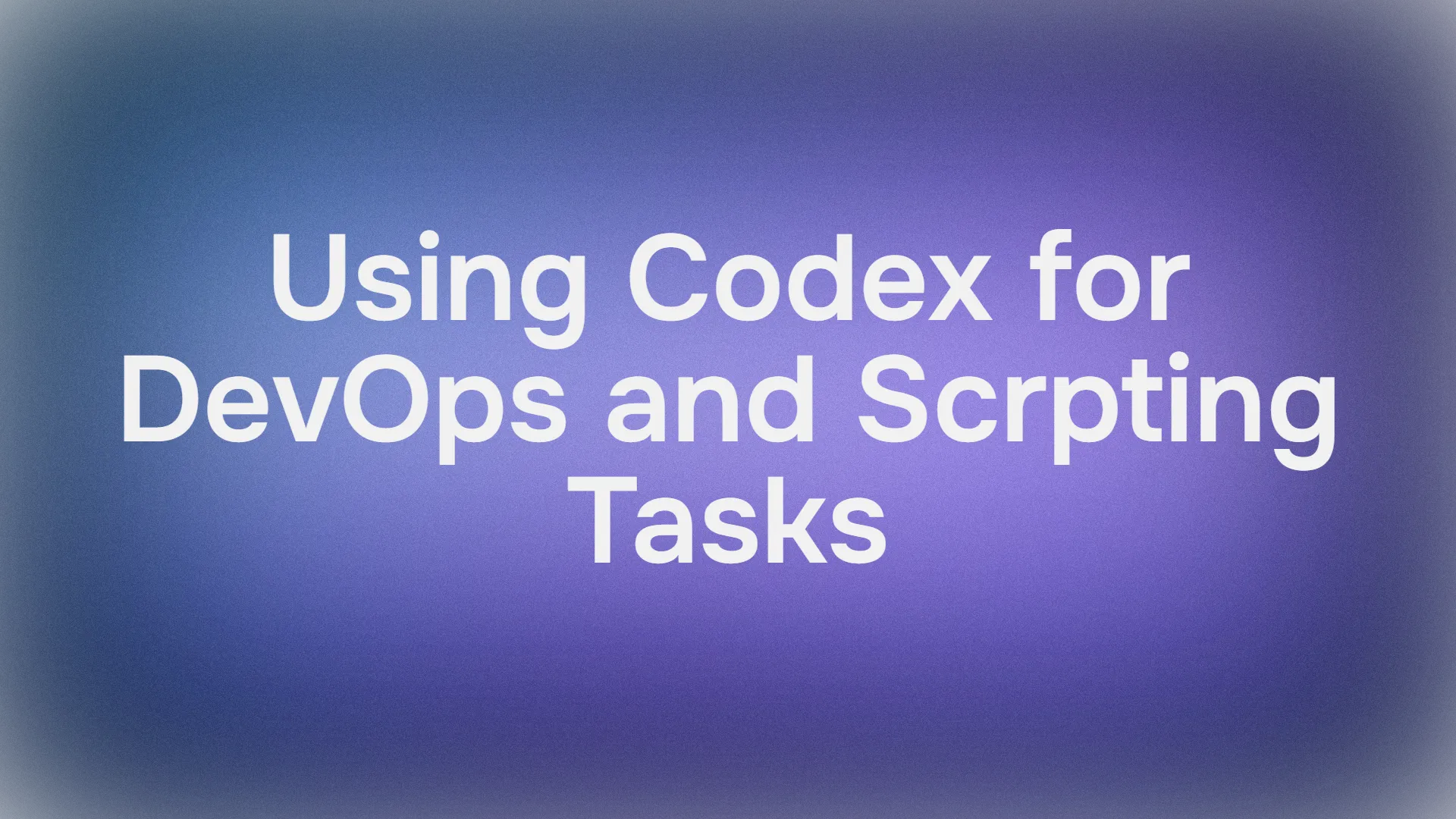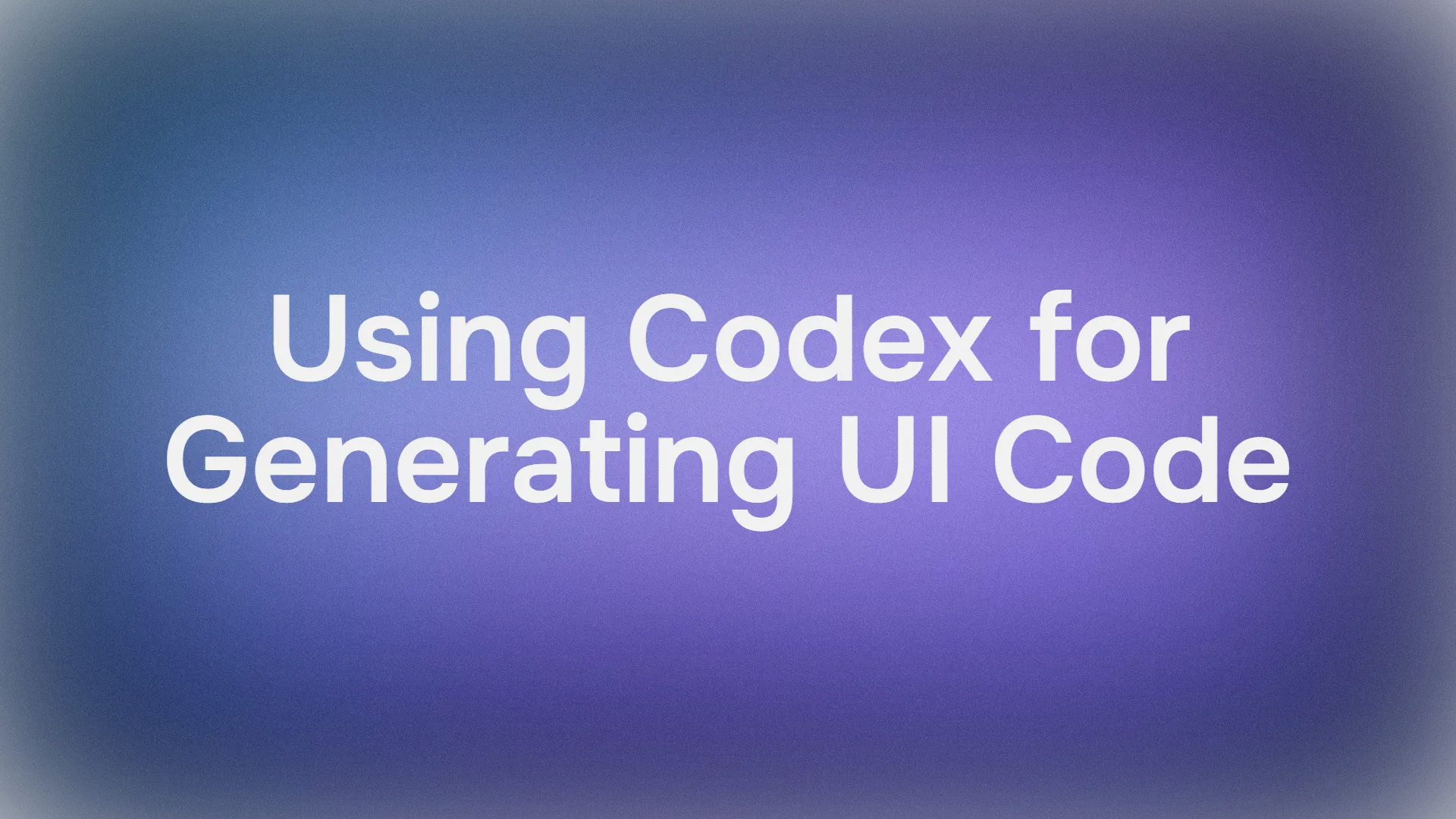The landscape software development is undergoing a rapid and profound transformation. We're moving beyond AI tools that merely assist with isolated coding tasks to a new generation of AI that comprehends and enhances the entire software engineering workflow. Leading this charge is Windsurf with its landmark launch: SWE-1, a family of AI models meticulously optimized not just for coding, but for the complete, multifaceted software engineering process. With the ambitious goal to "accelerate software development by 99%," SWE-1, born from unique insights within the Windsurf ecosystem, marks a pivotal moment in the quest for truly intelligent development assistance.
Want an integrated, All-in-One platform for your Developer Team to work together with maximum productivity?
Apidog delivers all your demans, and replaces Postman at a much more affordable price!
Windsurf SWE-1 Family: Tailored Models for Diverse Engineering Needs

Windsurf's SWE-1 is not a monolithic entity but a carefully curated family of three distinct models, each designed to address specific aspects of the software engineering workflow and cater to different user needs:
SWE-1
The flagship model, SWE-1, delivers reasoning capabilities comparable to Anthropic's Claude 3.5 Sonnet, particularly in tool-call scenarios, while being more cost-effective to serve. Demonstrating Windsurf's commitment to its user base, SWE-1 will be available to all paid users for a promotional period at no credit cost per user prompt, allowing widespread access to its advanced capabilities.
SWE-1-lite
Engineered as a superior replacement for Windsurf's existing Cascade Base model, SWE-1-lite offers enhanced quality and performance. This smaller, yet powerful model is available for unlimited use to all Windsurf users, whether on free or paid tiers, ensuring that the core benefits of the new SWE architecture are accessible to everyone.
SWE-1-mini
Rounding out the trio is SWE-1-mini, a compact and extremely fast model. Its primary role is to power the passive predictive experience within Windsurf Tab. Like SWE-1-lite, it is available for unlimited use by all users, free or paid, providing seamless, low-latency assistance directly in the coding environment.
This multi-model strategy allows Windsurf to deliver optimized performance across various use cases – from complex, interactive problem-solving with SWE-1 to rapid, passive suggestions with SWE-1-mini.
Why "Coding-Capable" Isn't Enough for AI Coding IDEs
The development of SWE-1 was driven by a fundamental understanding: to truly revolutionize software development, AI must transcend mere code generation. Windsurf articulates this necessity by looking at the current state and limitations of AI in the field.
While models proficient in coding have significantly improved, becoming capable of tasks like building simple applications in a single shot, they are approaching a plateau. Windsurf identifies two critical areas where these "coding-capable" models fall short:
- The Scope of Software Engineering: As any developer knows, writing code is just one piece of the puzzle. The daily reality involves a multitude of tasks across various surfaces: working in the terminal, accessing external knowledge bases and the internet, rigorously testing products, and understanding user feedback. A model solely focused on writing code cannot adequately support this diverse workload.
- The Nature of Development Work: Software engineering is a long-horizon endeavor, progressing through a series of incomplete states. The best foundational models today are primarily trained on "tactical work"—does the generated code compile and pass a unit test? However, a passing unit test is merely one checkpoint in a much larger engineering problem. The true challenge lies in implementing features in a robust, maintainable way that can be built upon for years. This is why even advanced models can excel with active user guidance (as seen in Windsurf's Cascade) but struggle when operating independently over longer periods. Automating more of the workflow requires models that can reason over incomplete states and handle potentially ambiguous outcomes.
Windsurf's conclusion is clear: "At some point, just getting better at coding will not make you or a model better at software engineering." This realization led to the conviction that dedicated "Software Engineering" (SWE) models were essential to achieve their ambitious acceleration goals.
Forging SWE-1: Data, Training, and Ambition
The creation of SWE-1 was not an overnight endeavor. It was meticulously built upon insights gleaned from Windsurf's heavily-used Windsurf Editor, which provided a rich understanding of real-world developer workflows. This practical experience was foundational in developing:
- A completely new data model, referred to as the "shared timeline."
- A specialized training recipe designed to encapsulate the complexities of software engineering, including incomplete states, long-running tasks, and the use of multiple surfaces.
With these building blocks, Windsurf embarked on the SWE-1 project with an initial, focused goal: to prove that it was possible to achieve frontier-level performance with this novel approach, even with a smaller team of engineers and less computational resources than large research labs. SWE-1, in its current form, stands as the initial, compelling proof of concept for this vision.
SWE-1 Performance: Benchmarks and Real-World Impact
Windsurf has rigorously evaluated SWE-1's capabilities through both offline evaluations and blind production experiments, demonstrating its competitiveness and unique strengths.
Offline Evaluation
In offline tests, SWE-1 was benchmarked against the Anthropic Claude family of models (popular within Cascade), as well as leading open-weight coding models like Deepseek and Qwen. Two key benchmarks were used:

- Conversational SWE Task Benchmark: This benchmark assesses performance in a human-in-the-loop scenario. Starting mid-way through an existing Cascade session with a half-finished task, it measures how well Cascade, powered by the model, addresses the next user query. The 0-10 score is a blended average of human judge scores (for helpfulness, efficiency, correctness) and accuracy metrics for target file edits. Windsurf emphasizes that this captures the "unique nature of human-in-the-loop agentic coding," crucial as long as models remain imperfect.
- End-To-End SWE Task Benchmark: This benchmark evaluates the model's ability to operate independently. Starting from the beginning of a conversation, it measures how well Cascade addresses an input intent by passing a select set of unit tests. The 0-10 score blends test pass rates and judge scores.

The results of these offline evaluations indicate that SWE-1 performs within the realm of frontier foundation models from major labs for these specific software engineering tasks. Importantly, it demonstrates superiority over mid-sized models and the leading open-weight alternatives. While not claiming to be the absolute frontier, SWE-1 shows significant promise and competitiveness.
Production Experiments

Complementing offline evaluations, Windsurf conducted blind production experiments, leveraging its large user community. A percentage of users accessed different models (including Claude models as a benchmark) without knowing which one they were using, with the model held constant per user to measure repeat usage. Key metrics included:
- Daily Lines Contributed per User: This measures the average number of lines written by Cascade and actively accepted and retained by the user over a fixed time. It reflects overall helpfulness, encompassing the quality of contributions and the user's willingness to repeatedly engage with the model. Factors like proactiveness, suggestion quality, speed, and responsiveness to feedback contribute to this metric.
- Cascade Contribution Rate: For files edited at least once by Cascade, this metric calculates the percentage of changes made to those files that originate from Cascade. It measures helpfulness while normalizing for user engagement frequency and the model's propensity to contribute code.
Windsurf notes that SWE-1 is "built and overfit to the kinds of interactions that our users have with Cascade." Unsurprisingly, it appears to be near industry-leading in these production experiments, underscoring its effectiveness in the real-world Windsurf environment.
The same rigorous approach confirms that SWE-1-lite, built with the same training methodology, leads other non-frontier, mid-sized models and will replace Cascade Base. SWE-1-mini, also sharing the core training principles, is optimized for the latency demands of passive prediction.
The Engine: Windsurf's Flow-Aware System
A cornerstone of SWE-1's development and future potential is Windsurf's "Flow-Aware System." This system, deeply integrated into the Windsurf Editor, provided the crucial insights that enabled SWE-1 and underpins Windsurf's confidence in its long-term model superiority.
Defining Flow Awareness
Flow awareness refers to the seamless intertwining of the states of the user and the AI. It's built on the principle of a "shared timeline": anything the AI does should be observable and actionable by the human, and conversely, anything the human does should be observable and actionable by the AI. Windsurf has always referred to its collaborative agentic experience as "AI flows" precisely because of this deep, mutual awareness.
The Critical Role of Flow Awareness
Windsurf posits that it will be some time before any SWE model can truly operate with full independence. During this intermediate period, flow awareness is critical. It allows for a natural and effective interaction model: the AI attempts tasks, and where it makes mistakes or needs guidance, the human can seamlessly jump in to course-correct. The model then continues, building upon the human's input.
This symbiotic relationship means Windsurf can constantly gauge the true limits of its models by observing which steps are completed with and without user intervention within this shared timeline. This provides, at scale, exact knowledge of what users need improved next, creating a powerful feedback loop for rapid model development.
Flow Awareness in Action
The concept of the shared timeline has been the guiding vision for numerous major features across the Windsurf ecosystem:
Cascade:
- From its launch, Cascade allowed users to make edits in their text editor and then type "continue," with Cascade automatically incorporating those changes (awareness of the text editor).
- Terminal outputs were integrated, making Cascade aware of errors encountered during code execution (awareness of the terminal).
- Wave 4 introduced "Previews," giving Cascade a basic understanding of frontend components or errors the user is interacting with (awareness of the browser).
Tab:
- Windsurf Tab is also built on this shared timeline. Its context isn't just arbitrarily expanded; it's a careful construction reflecting user actions and goals.
- Wave 5 brought awareness of terminal commands, clipboard content, and the current Cascade conversation to Tab.
- Wave 6 added awareness of in-IDE user searches.
Windsurf emphasizes that this isn't about "random features" but a deliberate, ongoing effort to build the richest possible representation of a shared timeline for software engineering work. While this enriched timeline significantly improved Windsurf tools even with off-the-shelf models, the advent of their own SWE models allows them to "really kick into motion this flywheel of having models that can ingest the timeline and start acting on more and more of the timeline."
The Road Ahead: Beyond SWE-1
SWE-1, achieved by a "small but incredibly focused team," is just the beginning. Windsurf views it as their first serious attempt to build truly frontier-quality models, leveraging their unique "flywheel of applications, systems, and models"—an ecosystem that even foundation model labs might lack without Windsurf's application surface and scale of activity-derived insight.
Users can expect continuous improvements to the SWE family. Windsurf is committed to investing even more heavily in this strategy, aiming to provide the best performance at the lowest cost. Their ultimate ambition within the domain of software engineering is not merely to match the frontier model performance of any research lab, but to "exceed all of them."
While the detailed announcement from Windsurf focuses on their internal strategy and achievements, the broader tech industry has also noted their progress, with reports (like the one from VentureBeat regarding a potential acquisition by OpenAI) highlighting Windsurf's significant impact and potential.
This deep dive into SWE-1 reveals a company not just building AI tools, but fundamentally rethinking the relationship between developers and AI, paving the way for a future where software engineering is dramatically accelerated and enhanced.



